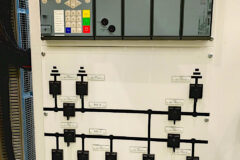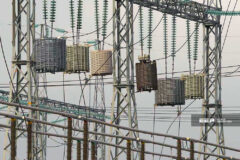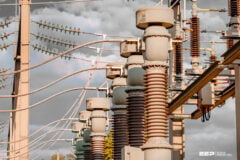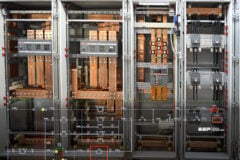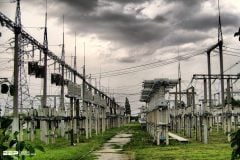Mastering the airport electrification
The electrical systems for airports require proper quality installations and consideration for features usually not involved in other electrical installations. In this article, we will be discussing the general elements of electrical practices and facilities which have special significance for airport operations.
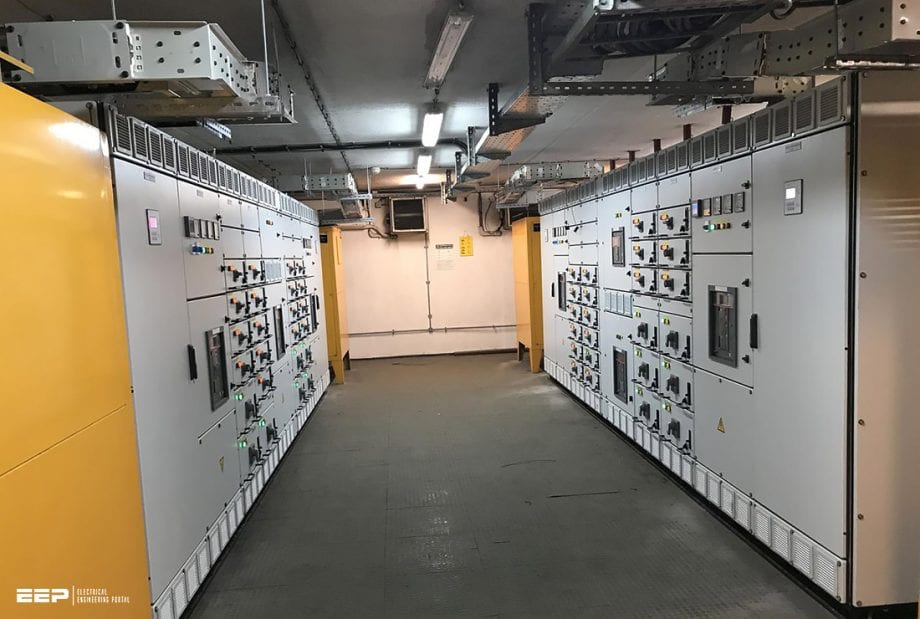
Each airport is unique, and its electrical installation should be designed to provide economical power and control, which is safe, reliable, and easily maintained.
Electrification inside an airport is strictly defined by ICAO standards, along with generally applicable IEC and NFPA standards. Here are some of the most prominent ICAO and NFPA standards that guide the design and implementation of electrification in airports.
- ICAO Annex 14: Electric Systems
- ICAO Annex 14: Visual Aids for Navigation
- Aerodrome Design Manual – Electrical Systems
- NFPA 101- Life safety and 850 – Fire protection for Electric Generating Plants.
Since this article focuses on an airport’s electrical design, there will be numerous terminology associated with the general layout of the airport and are used to illustrate the details of electrical installation with more clarity.
This article assumes that the reader is familiar with the basic terminologies related to electrical design and airport orientation.
- Typical orientation of an airport
- Power supply and primary distribution in an airport
- Primary power distribution ring
- Low voltage distribution principle and load prioritization
- Illumination principle for public and other important area
- Airfield lighting design methodology and power supply requirements
- Quick reminders and handy tips

